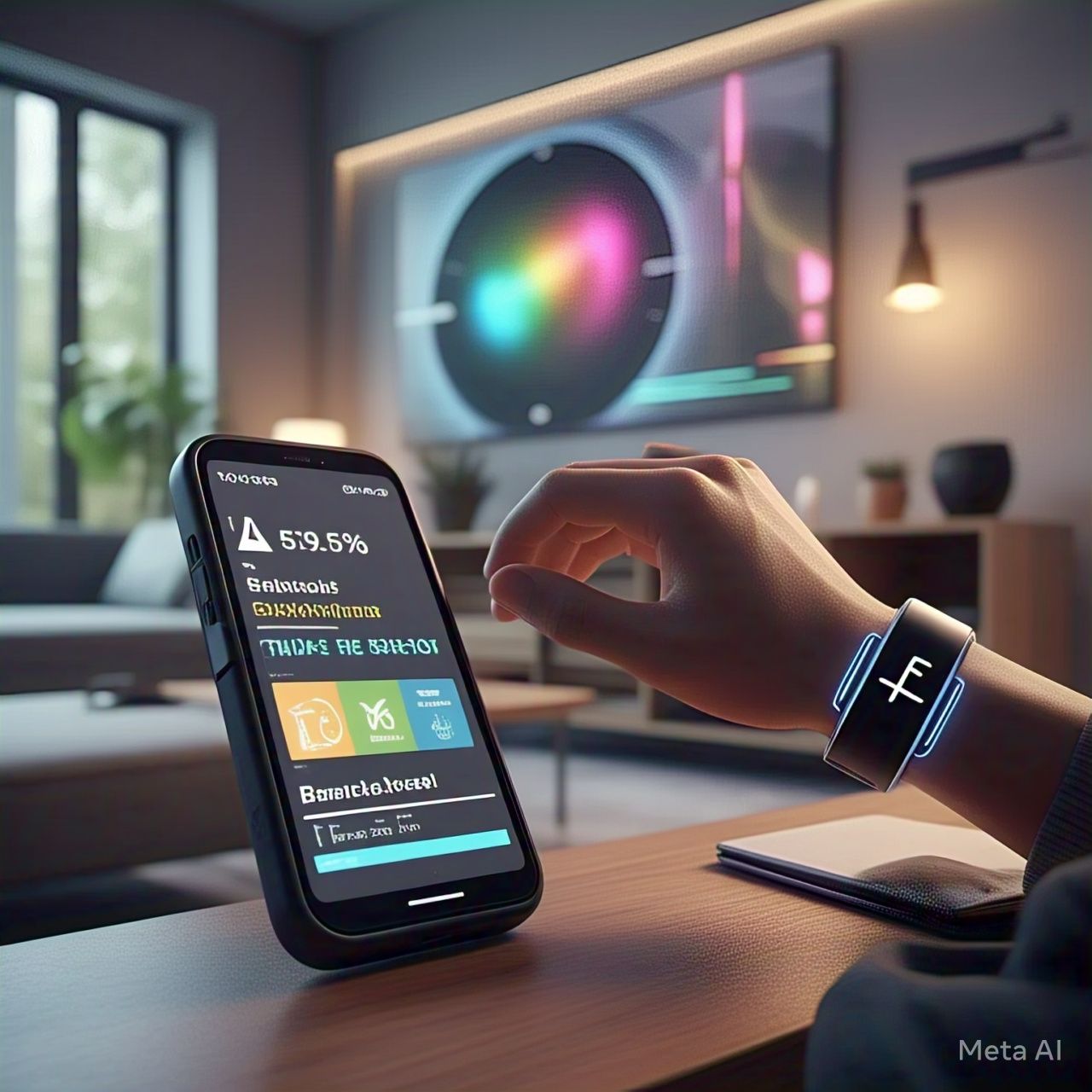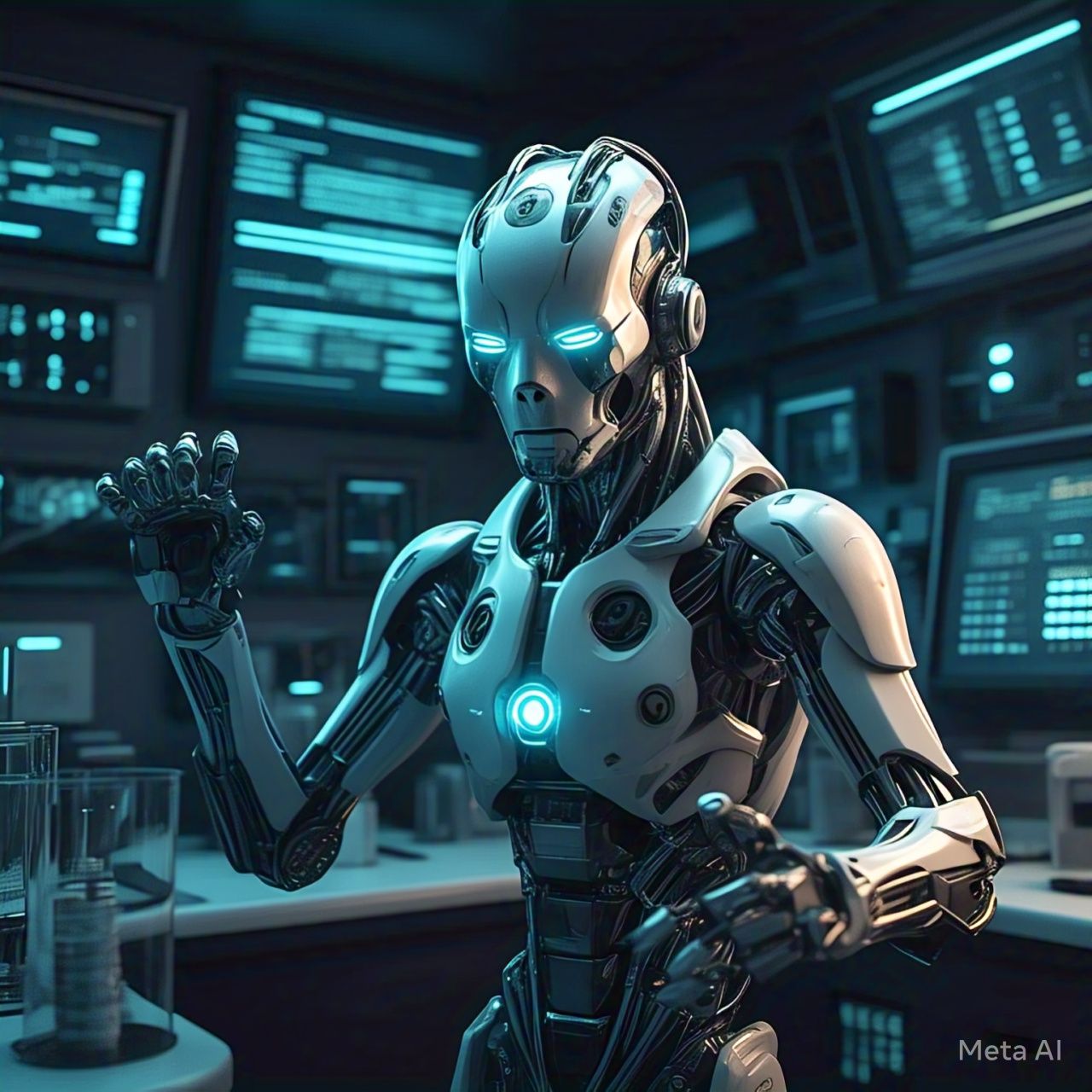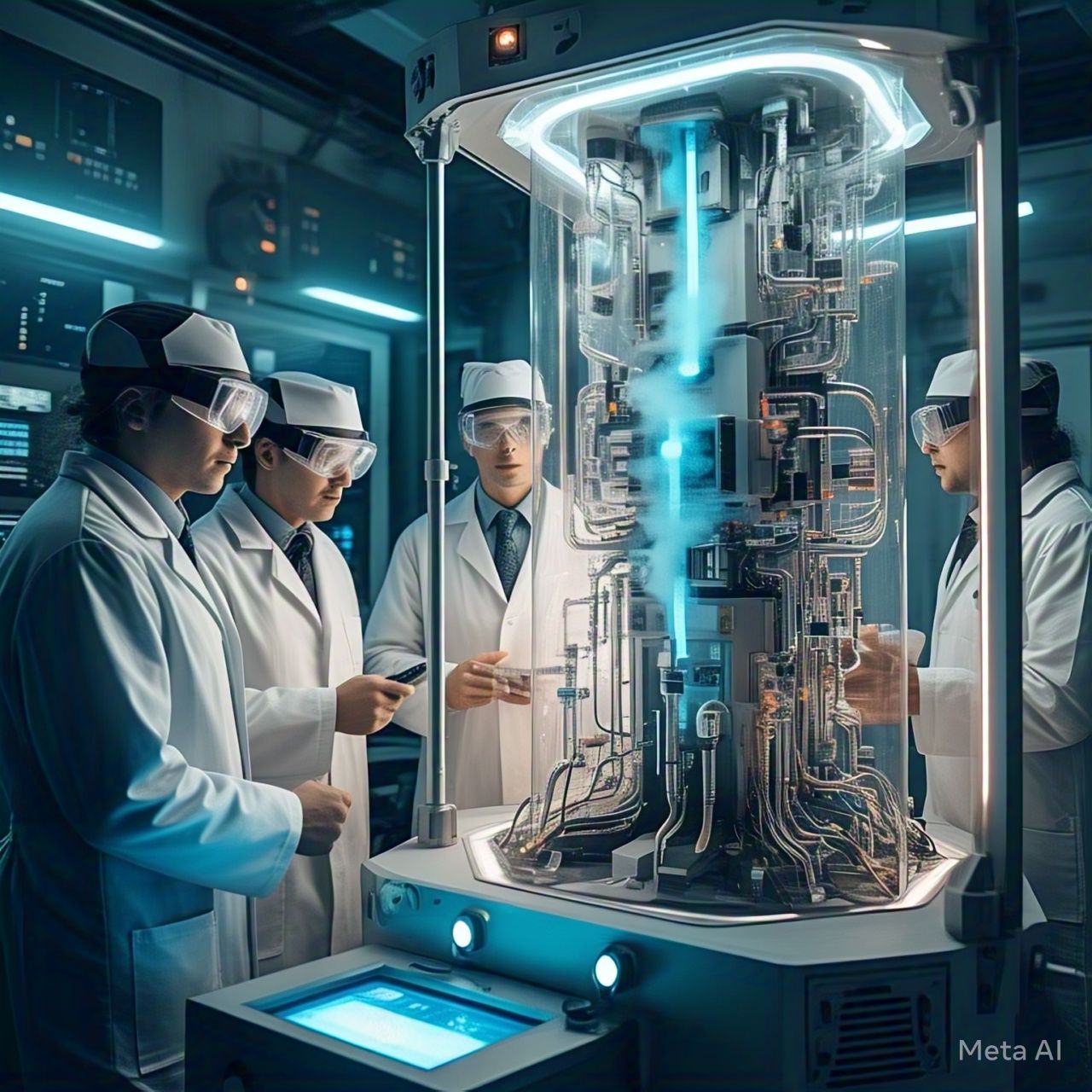Table of Contents
- Introduction
- What is a Smart Home?
- How AI is Transforming Smart Homes
- AI-Powered Virtual Assistants
- Smart Appliances and Kitchen Innovations
- AI in Home Security
- Energy Efficiency and Smart Lighting
- Benefits of AI in Everyday Living
- Convenience and Automation
- Energy Efficiency and Cost Savings
- Enhanced Security and Safety
- AI and Personalized Living Experiences
- Challenges and Concerns of AI in Smart Homes
- The Future of AI in Home Automation
- FAQs
- Conclusion
1. Introduction
Imagine waking up to natural light filtering through your curtains as they automatically open, the smell of freshly brewed coffee filling the air, and your favorite playlist starting up to set the tone for your day. This isn’t a distant dream—it’s the reality of smart homes powered by artificial intelligence (AI).
In recent years, AI-driven smart home technology has transformed the way we live, making our homes more convenient, efficient, and secure. From voice-activated assistants to intelligent thermostats, AI is revolutionizing the way we manage our daily lives. In this article, we will explore the future of smart homes and how AI is reshaping everyday living.
2. What is a Smart Home?
A smart home is a residence equipped with advanced automation systems that provide homeowners with security, comfort, convenience, and energy efficiency by allowing them to control smart devices through a single network. This can be achieved using a smartphone, voice assistant, or central smart hub.
Common features of a smart home include:
- Smart thermostats that adjust temperatures based on user preferences and schedules.
- AI-driven security systems with facial recognition and real-time monitoring.
- Smart appliances, such as ovens, refrigerators, and coffee makers, that automate everyday cooking and household tasks.
- Voice-activated assistants like Amazon Alexa, Google Assistant, and Apple’s Siri, which help with tasks from setting reminders to controlling smart devices.
- Energy management systems that optimize energy use by automatically adjusting lights, heating, and cooling systems based on occupancy and usage patterns.
3. How AI is Changing Smart Homes
AI in Home Security
AI-powered security systems can recognize faces, detect unusual activity, and even alert homeowners to potential security breaches in real time. Some systems can distinguish between family members and strangers, automatically adjusting security settings.
AI in Smart Kitchen Appliances
AI-powered appliances such as smart ovens, refrigerators, and coffee makers can learn user preferences and automate cooking processes, ensuring efficiency in meal preparation and grocery management.
Voice Assistants and Home Automation
Voice-activated AI assistants can control lights, thermostats, security systems, and even entertainment systems with simple voice commands, enhancing convenience.
Energy Efficiency and Sustainability
AI can optimize energy use by adjusting lighting, heating, and cooling based on real-time usage, helping reduce electricity bills and environmental impact.
4. Benefits of AI in Smart Homes
1. Convenience and Automation
AI-enabled homes provide hands-free operation of lights, thermostats, appliances, and security, allowing homeowners to control various functions via voice commands or a smartphone app.
2. Increased Security
Smart security systems use AI for facial recognition, motion detection, and automated alerts to enhance home security.
Energy Efficiency
Smart thermostats and lighting systems learn user preferences and optimize energy consumption, reducing electricity bills and environmental impact.
Personalized Experiences
From adjusting room temperature to playing favorite music upon arrival, AI personalizes home environments for maximum comfort.
7. AI-Enhanced Cooking Gadgets and Innovations
Smart Cooking Appliances
AI-powered appliances such as ovens with automatic temperature control and recipe guidance simplify home cooking.
Connected Smart Scales
Measure ingredients accurately and provide real-time recipe suggestions based on available ingredients.
AI-Powered Meal Planning Apps
Apps like Yummly and Whisk use AI to suggest recipes, meal plans, and grocery lists based on dietary preferences and health goals.
Voice-Controlled Cooking Assistants
Virtual assistants like Amazon Alexa and Google Assistant help with hands-free control over kitchen tasks.
8. Challenges and Concerns
1. Privacy and Data Security
Smart kitchen devices collect user data, raising concerns about data breaches and unauthorized access.
2. High Initial Cost
AI-powered kitchen appliances are expensive, making them inaccessible to some users.
3. Learning Curve
Some smart devices require time for users to adapt to new features and voice commands.
4. Internet Dependency
Most AI-driven appliances require a stable internet connection, which can be a limitation in areas with poor connectivity.
9. FAQs
1. How do AI-powered kitchens make cooking easier?
AI assists with recipe recommendations, cooking instructions, and automates tasks like preheating ovens or setting timers.
2. Can AI in the kitchen help with dietary restrictions?
Yes, AI-driven meal planning apps recommend recipes based on dietary needs and health goals.
3. Are AI-powered kitchen appliances worth the investment?
They can save time, reduce food waste, and lower energy costs, making them a valuable long-term investment.
10. Conclusion
AI is transforming modern kitchens into intelligent, efficient spaces that simplify cooking and enhance the overall kitchen experience. From smart ovens to voice-controlled appliances, AI is reshaping the way we prepare meals and manage our groceries. As technology advances, the future of smart kitchens looks even more promising, with features like robotic chefs and AI-driven personalized meal plans becoming a reality.




